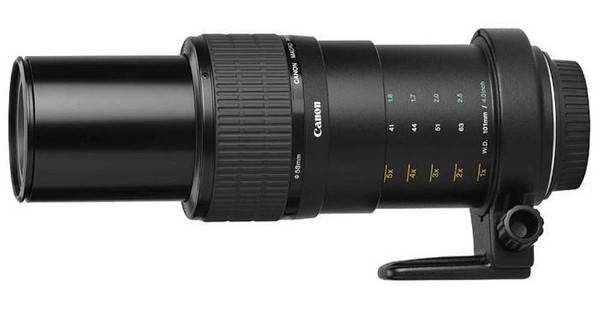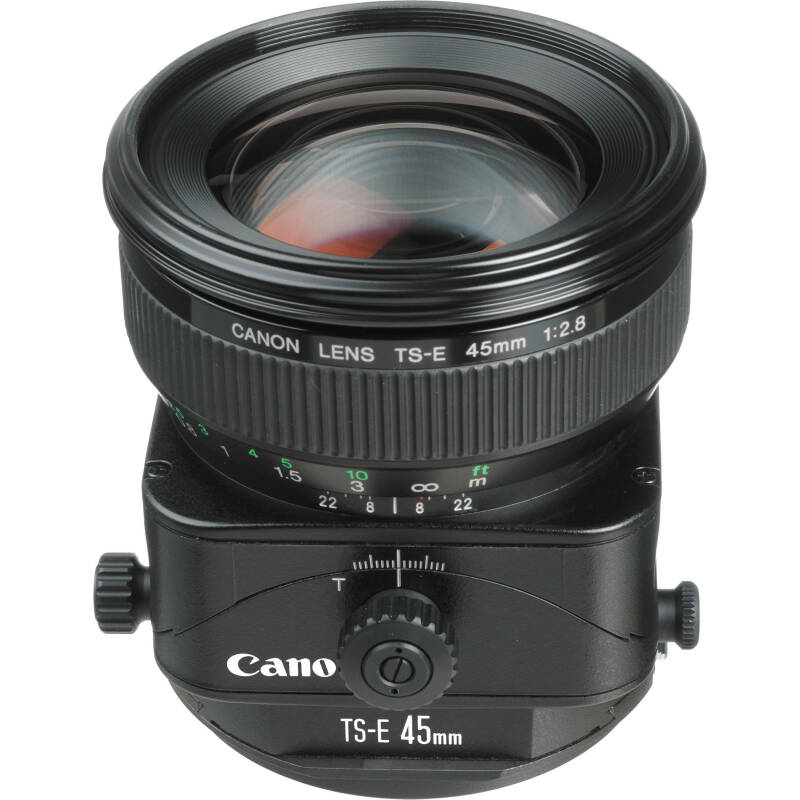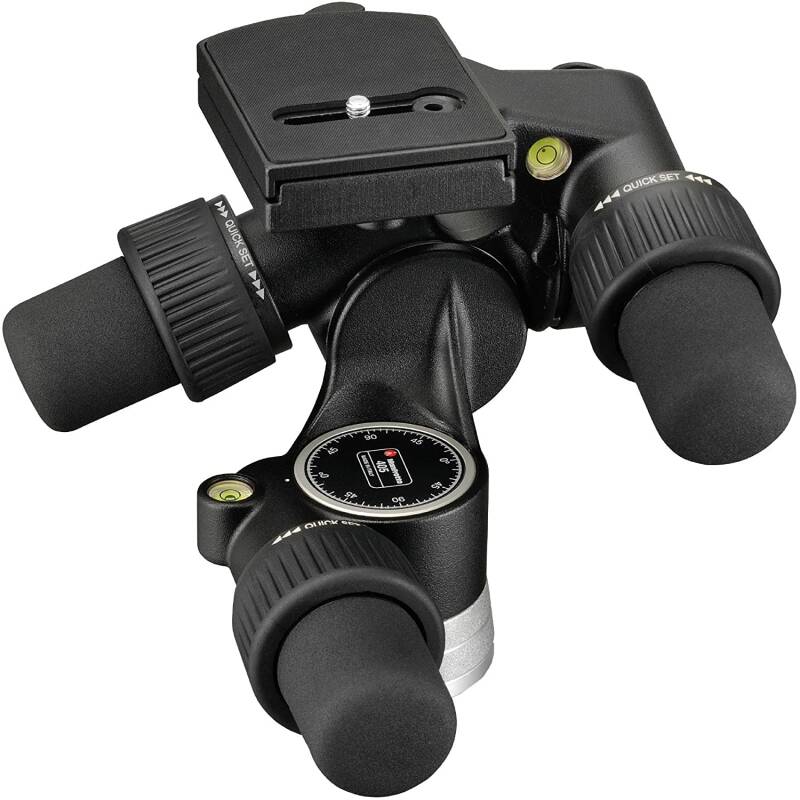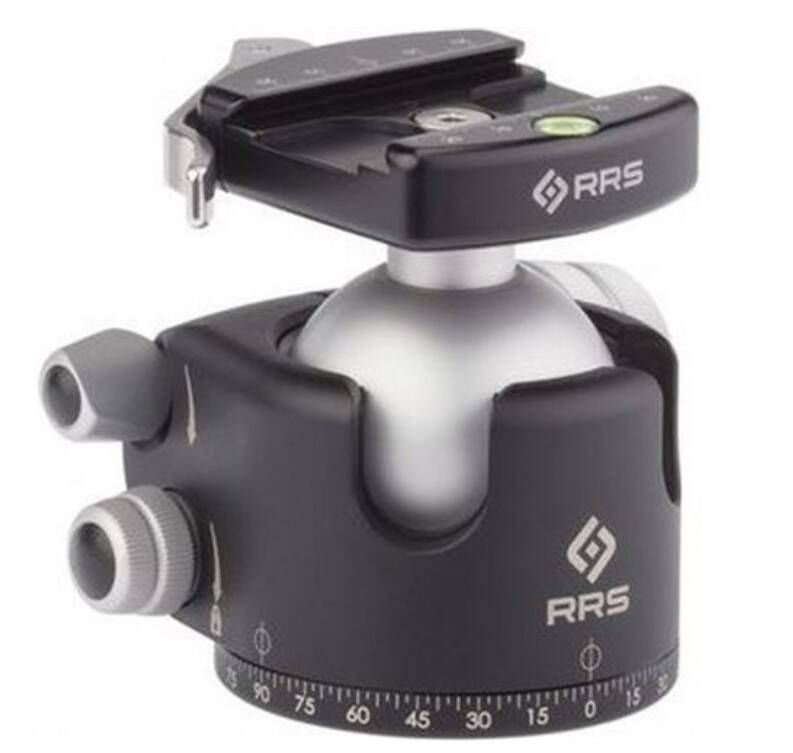Photography Kit

Kit
The photography kit I use has been composed of several Canon DSLR cameras and lenses. I slowly added more lenses and bodies over the year where my focus was on high quality and high resolution sensors and lenses for mainly nature and landscape photography. Nature includes both insects, so macro, and other animals. All the bodies I own are full frame bodies from the Canon 5D series. The lenses are all L-series Canon EF lenses. Most of the bodies and lenses I bought second hand or with large discounts via for example eBay.com.
Apart from cameras, the kit also contains many other items like tripods, ND/GD filters, flashes, batteries, CF and SD memory cards and bags. I also have an EPSON Photo R3000 printer to print some of my images myself.
Finally when using bodies with large sensors also means you need powerful computers (high resolution screen) and extensive backup storage for all you photos (I use NAS servers (16Tb + 20Tb) and a large self build Desktop PC (AMD Ryzen 9 3900X CPU) with fast graphics card (NVIDIA GeForce RTX 3090), large hard disks (2 x 8Tb and 2 x 14Tb), which together exceeds 60Tb of data storage) and a BenQ PD3200U 32" 4K monitor

Bodies
My current photography kit is based on Canon 5D bodies. I originally started with the classic 5D and later upgraded to the 5DII, 5DIII and finally to the Canon 5D IV. The Canon 5D IV is very good for action and low light and I finally added the Canon 5DsR to enable me to take 50.6 Mega pixel landscape photos. The quality of the photos is now almost on par with quality of my medium format 6 x 6 cm roll film photos, but now with added speed and flexibility. Compared to original kit, the 5D based kit is much smaller and lighter than my old medium format kit, but not as small as the newest mirror less cameras. I do not see a lot of benefits with the newest Canon EOS R5, as it does not give me much more quality I already get from of the 5D IV and 5DsR. I also like a solid body for most of my photography work (with battery pack installed) and do not like folding screens as I doubt their durability and robustness (which is really great with the 5D bodies). In all the years I used the 5D bodies I only had one problem with the old first version of the 5D. The internal mirror came lose when body was heated by the sun. Canon said it was a known factory problem and immediately repaired the body for free. After that I never had a single issue with the bodies (or lenses).
Lenses
Maybe even more important than the body are the lenses. Most of the Canon lenses I use are L lenses, which very well match the 50.6 Mpix of the 5DsR (and the 5D mark IV).
The general lenses I use are:
- Canon EF 11-24mm f/4L USM - extreme wide angle zoom lens
- Canon EF 16-35mm f/4L IS USM - wide angle zoom lens
- Canon EF 50mm f/1.2 L USM - wide apperature general purpose lens
- Canon EF 24-70mm f/2.8 L II USM - general purpose zoom lens (and as backup and for IS the Canon EF 24-105mm f/4.0 L IS II USM)
- Canon EF 70-200mm f/2.8 L IS II USM - short tele zoom lens
- Canon EF 100-400mm f/4.5-5.6 L IS II USM - tele zoom lens






Lenses use for macro:
- Canon 65mm MP-E macro lens (very special macro lens where Canon is still unique as a vendor)
- Canon EF 100mm f/2.8 L Macro IS USM - macro lens (very sharp)


Tilt shift lenses I use:
- Canon TS-E 17mm f/4 L tilt shift lens
- Canon TS-E 24mm f/3.5 L II tilt shift lens
- Canon TS-E 45mm f/2.8 tilt shift lens
- Canon TS-E 90mm f/2.8 tilt shift lens, very sharp and also very suitable for macro
Tilt shift lenses provide functionality to control perspective and depth of field, similar to old larg format technical cameras.
See tilt shift photography: https://en.wikipedia.org/wiki/Tilt-shift_photography




Although it is not a super sharp lens wide open, I still like and use the Canon EF 50 mm f/1.2 L. It is not as sharp as the newest canon lenses but it gives that special character and beautiful bokeh. When using the 5DsR instead of the 5D III or IV you can notice the extra pixels also need good technique, similar to the way of working when I still shot medium format roll film. Because of the smaller pixels you need approximately two time faster shutter speed to make sure the picture will be sharp. It is a good practice to use sturdy tripod if you want to get really sharp images. For 360 panorama shots I use the Canon EF 8-15mm f/4L fish eye, where you can make full 360 image with only 4 to 6 images.
Tripods
Although I really like the quality of Gitzo tripods, I initially decided to go for the Benro C2980T and C3780TN tripods. They relatively light and very sturdy. I combined it with the sturdy Manfrotto 405 geared head and the flexible Gitzo ball heads (GH2780 and GH3780), which also give me flexibility when I want to do macro photography with difficult to reach insects or flowers.




To reach high standpoints I finally went for the Gitzo GT3541XLS, which provides good compromise for weight, strength and hight. It also provides option to go really high when needed (max 198cm), where the Benro only goes to moderrate hight (max 152cm). I recently also got hold of an Really Right Stuff BH-55 ball head (which I understood are one of the best in the market). It is as sturdy as the Gitzo GH3780, very well finished and really easy to use. It also gives a better grip and does not shift with heavy load, as what happens with the Gitzo if you do not put force on the knob. I use the RRS head on the Benro C3780 and the Gitzo GT3541XLS tripods .
For wildlife I also have the Jobu-design Black Widow gimbal Pro 2 (see right photo below) for use with the Canon 100-400 with a 1.4x or 2x extender.




Photo bags
I experimented with a lot of different photo bags, varying form large shoulder bags from Lowepro to smaller sling bags. The bag I use the most are the Think Tank retrospective series bags. The are many different sizes but the 30 and 40 version are capable to carry a body and several lenses (including the big ones) and do not attract too much attention. The retrospective 7 is more suitable for city trips when I do not carry the large lenses like the 70-200 2.8.


Flashes
Although I do not use a lot of flashlight in my work, I use the Canon 580EX flashes (now superseded by the 600EX) every now and then. For Macro you really need flashes and I often use the twin Canon MT-24EX flashes (now superseded by the almost similar MT-26EX-MT), which combines well with the Canon 65mm MP-E lens.


Other stuff
Apart from bodies, lenses, tripod, bags and flashes, there is a lot of additional stuff in my kit. This stuff includes CF cards, batteries, battery grips, macro rails, macro rings, extender (1.4x and 2x), filters (especially the LEE 100mm and 150mm graduated (GD) and neutral density (ND) filters ("big stoppers" 10x and 16x) used for landscapes and long exposure) and lans and sensor cleaning material.
Rolleiflex
Before I switches to digital I used both the twin lens Rolleiflex and single lens SL66 Rolleiflex medium format roll film cameras from Rollei. The Rolleiflex twin lens had a beautiful 80mm Zeiss f2.8 Planar lens. For medium format 80mm is the standard lens (equivalent to 50mm on a full frame DSLR). The SL66 could be equipped with many different Zeiss lenses (I used the 40mm f4 Distagon wide angle, the 80mm f2.8 Planar standard and the 150mm f4 Sonnar tele lens) and had a unique build-in tilt mechanism in the body (instead of the tilt mechanism included in some more recent lenses, like the TS-E series lenses of Canon).



